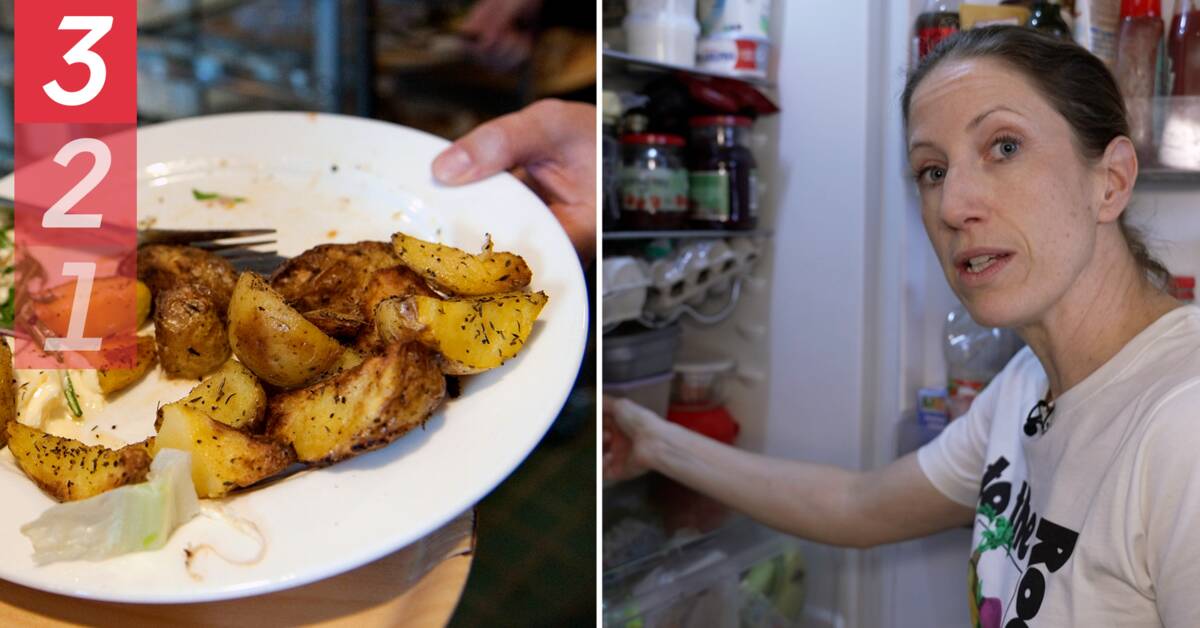- We made the pralines from chocolate and cream that were about to go out, says Jonas Corbell, chef at the store in Hagastaden in Stockholm.
Had it not been Coop on the sign, no one would have understood that the restaurant with rights is both the entrance to and part of the grocery store.
But it is the restaurant kitchen that is the heart of the store, and part of the secret behind the zero-loss vision.
The store has basically no food waste at all on meat, fish and poultry.
Not on vegetables either.
Other things are more difficult.
- We can not handle fruit in such large quantities ourselves.
And not semi-finished products, it is not possible to cook again.
Do they think they can do it?
And they are not alone, many grocery stores are struggling with UN sustainability goals.
SVT has asked five of the largest food chains;
Ica, Coop, Willys, Hemköp and Lidl, if they manage to halve food waste by 2030.
Everyone expects to be there as early as 2025, although it can be tough.
The methods are many.
* More accurate purchases and new alarm routines so as not to miss best-before dates.
* Reduced prices on goods near the best-before, waste bags / boxes with fruit and vegetables.
* Donate food to aid organizations.
* Sell saved food in waste apps like Karma and Too good to go.
40 percent of the food does not end up on the plate
And now more goods are being sold with the argument that it is "saved".
ICA and Willys collaborate with producers of juice and breaded fish, on fruit and fish pieces that otherwise would not have become food.
At Willys in Länna, they have been working systematically with food waste for a long time, and customers now go directly to waste boxes for fruit and vegetables.
- It's something we would have thrown away otherwise, says store manager Linnea Rutqvist.
Not throwing away food makes a big difference to the climate.
A study from the World Wide Fund for Nature and Tesco shows that around 40 percent of all food produced does not end up in anyone's stomach.
The production corresponds to five times as much greenhouse gases as all air traffic in the world.
And it is actually not the stores, but we consumers who throw the most.
- I think even more cooperation is needed between producers, stores and consumers if we are to achieve the goal, says Karin Fritz at the National Food Administration.

